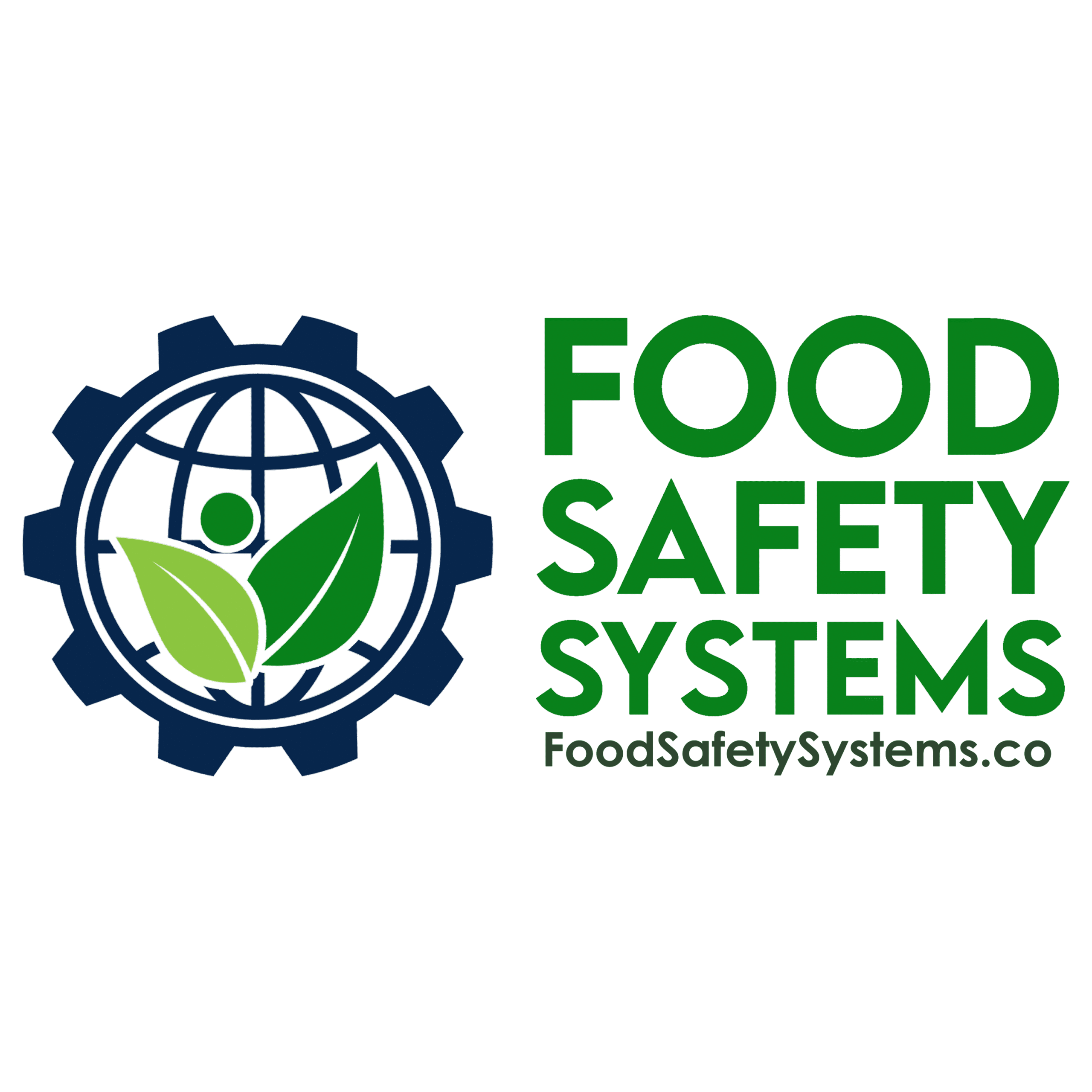Complaint Handling

Aligned with FSSC 22000 – ISO-Based Food Safety Management System (FSMS)
Requirement Overview
Under FSSC 22000, organizations are required to establish and maintain a documented system for handling complaints that may impact food safety, legality, or quality. Complaint management must include processes for intake, recording, evaluation, investigation, and resolution. Findings from complaints should also link into corrective and preventive action processes to support continual improvement.
Effective complaint handling builds consumer trust, helps identify systemic issues, and strengthens certification readiness under FSSC 22000.
Key Compliance Objectives
-
✓ Record and track all complaints related to food safety, legality, or quality
✓ Conduct thorough investigations and root cause analyses
✓ Implement corrective and preventive actions (CAPA) to prevent recurrence
✓ Review complaint trends as part of management review and continual improvement
Step-by-Step Compliance Implementation
1. Establish a Complaint Management Procedure
-
System Requirements:
-
• Define complaint categories (e.g., food safety, labeling, contamination, customer feedback)
• Document intake, logging, investigation, and resolution processes
• Assign responsibilities for handling and reviewing complaints
Evidence to Maintain:
-
• Complaint handling SOP
• Designated contact or role for complaint reporting
• Standardized complaint intake form or database
- • Define complaint categories (e.g., food safety, labeling, contamination, customer feedback) • Document intake, logging, investigation, and resolution processes • Assign responsibilities for handling and reviewing complaints
- • Complaint handling SOP • Designated contact or role for complaint reporting • Standardized complaint intake form or database
2. Record and Track All Complaints
-
Recording Process Includes:
-
• Date, product details, lot/batch number, and description of the issue
• Customer or consumer details (if applicable)
• Classification by type (food safety, quality, or legality)
Evidence to Maintain:
-
• Complaint log or electronic database
• Example complaint records with investigation status
• Supporting documentation (photos, product samples, or correspondence)
- • Date, product details, lot/batch number, and description of the issue • Customer or consumer details (if applicable) • Classification by type (food safety, quality, or legality)
- • Complaint log or electronic database • Example complaint records with investigation status • Supporting documentation (photos, product samples, or correspondence)
3. Investigate and Analyze Root Cause
-
Investigation Activities Include:
-
• Verification of product and traceability data
• Review of production, packaging, and supplier records
• Structured root cause analysis (e.g., 5 Whys, Ishikawa diagram)
Evidence to Maintain:
-
• Investigation reports with findings
• Root cause documentation
• Relevant traceability and batch records
- • Verification of product and traceability data • Review of production, packaging, and supplier records • Structured root cause analysis (e.g., 5 Whys, Ishikawa diagram)
- • Investigation reports with findings • Root cause documentation • Relevant traceability and batch records
4. Take Corrective and Preventive Actions
-
Actions Should Be::
-
• Proportionate to the severity of the complaint
• Verified for effectiveness before closure
• Integrated into the food safety management system
Evidence to Maintain:
-
• Corrective and preventive action reports
• CAPA tracking logs
• Verification records demonstrating effectiveness
- • Proportionate to the severity of the complaint • Verified for effectiveness before closure • Integrated into the food safety management system
- • Corrective and preventive action reports • CAPA tracking logs • Verification records demonstrating effectiveness
5. Monitor and Analyze Complaint Trends
-
Analysis Activities:
-
• Monthly or quarterly reviews of complaint data
• Identification of recurring issues and systemic failures
• Identification of recurring issues and systemic failures
Evidence to Maintain:
-
• Trend analysis reports with charts or dashboards
• Management review meeting notes
• Records of actions taken based on trend insights
- • Monthly or quarterly reviews of complaint data • Identification of recurring issues and systemic failures • Identification of recurring issues and systemic failures
- • Trend analysis reports with charts or dashboards • Management review meeting notes • Records of actions taken based on trend insights
Common Audit Findings & Recommended Fixes
| Audit Finding | Recommended Action |
|---|---|
| Complaints not investigated | Document investigations for all valid complaints |
| No root cause or CAPA | Perform structured root cause analysis and track CAPAs |
| Lack of trend analysis | Schedule regular trend reviews and maintain summary reports |
| Poor record-keeping or missing data | Standardize complaint intake forms and logs |
Auditor Verification Checklist
During an FSSC 22000 audit, be prepared to provide:
-
• Documented complaint handling procedure
• Complaint log with classifications, investigations, and resolutions
• Evidence of corrective and preventive actions taken
• Trend analysis reports integrated into management review
Implementation Roadmap
Build Your Complaint Program
-
✓ Develop a documented complaint handling SOP
✓ Assign roles for intake, investigation, and resolution
Train and Implement
-
✓ Train staff to identify and escalate complaints
✓ Use standardized forms and tracking systems
Investigate and Act
-
✓ Conduct root cause analyses and document CAPAs
✓ Prioritize food safety-related complaints for immediate action
Review and Improve
-
✓ Analyze complaint trends regularly
✓ Use findings to prevent recurrence and drive continual improvement
Why This Matters?
-
✓ Strengthens consumer confidence and brand reputation
✓ Helps identify weaknesses in your FSMS or supply chain
✓ Demonstrates commitment to continual improvement under FSSC 22000
✓ Supports certification readiness through robust documentation and analysis
Support Tools Available
Food Safety Systems provides:
-
✓ Complaint handling SOP templates aligned with FSSC 22000
✓ Standardized intake and investigation forms
✓ Root cause analysis worksheets and CAPA templates
✓ Complaint tracking dashboards and trend analysis tools
Privacy Policy | Terms of Service
Powered by interlinkIQ.com, Developed by ITBlaster.net, Owned and Operated by Consultare Inc. Group, A Compliance Company. All Rights Reserved.







